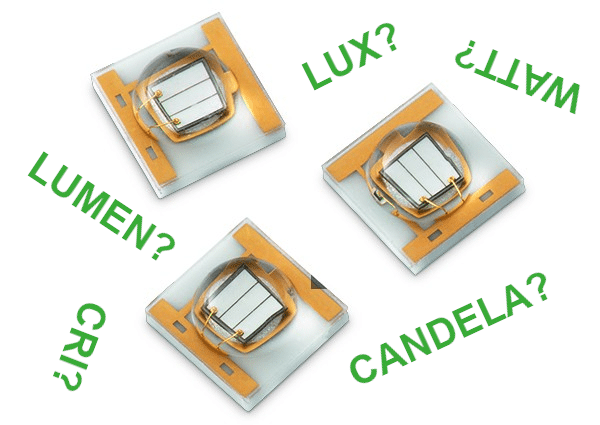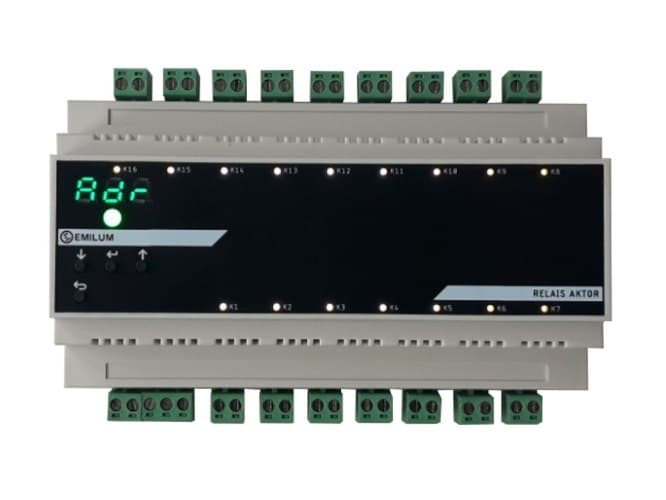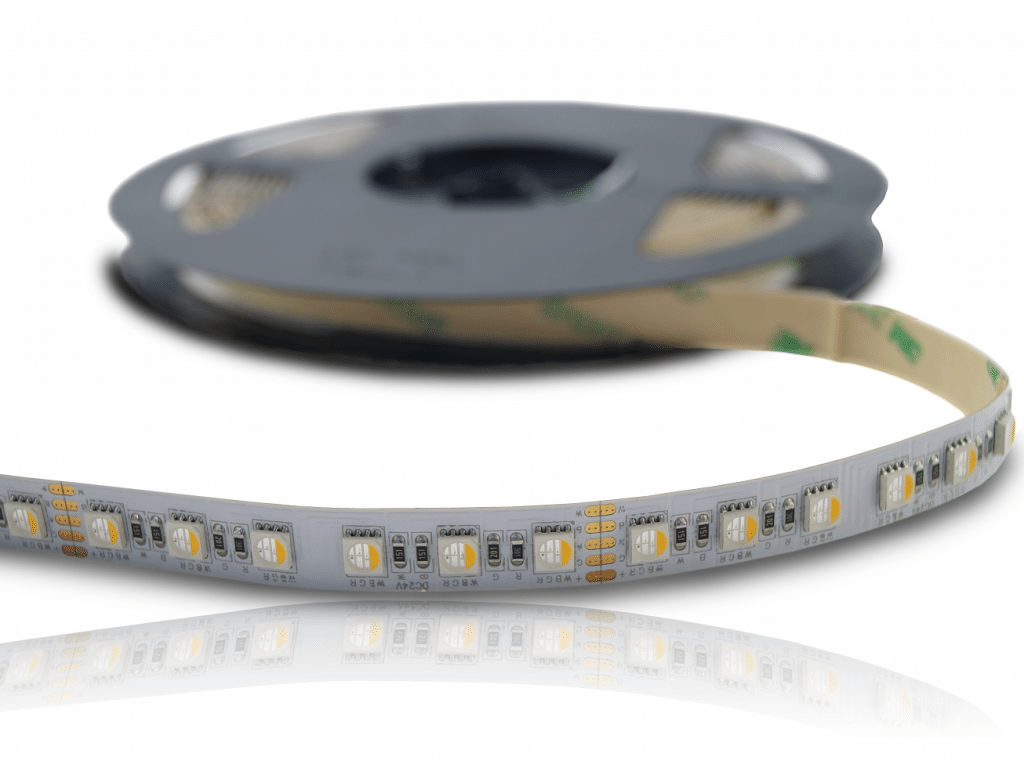
Watt, lumen, lux, candela, NIT, kelvin, nanometer, …
I just want light, why does it have to be so complicated? It doesn’t have to be, here are the explanations:
“Everything used to be simpler” is an often quoted statement, but this is largely due to the lack of choice of light sources at the time, not the complex titling of modern times. It was easy for everyone to understand that a 100W light bulb was about twice as bright as a 60W bulb. Especially with the advent of LEDs, comparing LED spots and LED strips became even more difficult.
To bring some clarity to the confusion of definitions, we have summarized the most important terms here in simple terms (sometimes deliberately not with the claim to correspond 100% to the scientific definition, so that it is easier to see what you should actually pay attention to). If you would like a comparison of lumen, candela, lux and a clear recipe on how to compare light sources, then the article on units of light will certainly help you. By the way, in another article we have dealt with the topic of converting lumens to watts, but now let’s move on to the units:
Definitions and units:
-
electrical power: Watt [W]
In our case, it is the electrical energy that a light source requires (e.g. 100W light bulb, LED spotlight, ...) or provides (e.g. 240W power supply unit) -
Luminous flux: Lumen [lm]
Is the total amount of visible light emitted, e.g. by a luminaire, Flex-Stripe,... independent of the beam angle -
Luminous intensityCandela [cd]
is the luminous flux at a specific solid angle (0°): Luminous intensity is now very uncommon in lighting, as it is impossible to use it to compare different products. If the light from a light source is focused very narrowly, for example, you have a very high candela value, but in total neither more light nor good, homogeneous lighting. -
IlluminanceLux [lx]
Illuminance is the physical quantity that best reflects our perception of brightness. It describes how much total light hits a surface. There are also clear standards/recommendations for the illuminance of certain rooms (e.g. offices, operating theaters, ...) -
LuminanceNIT [cd/m²]
Is the brightness of a surface in a certain direction. The more light is emitted on a smaller surface, the brighter (up to glare) it appears to the eye. LED video walls, for example, must comply with certain values for various times of day/night. -
WavelengthNanometer [nm]
The wavelength (similar to the time period, i.e. reciprocal of the frequency) is used to describe electromagnetic radiation. If this is in the range from ~380 to 760 nm (nanometers), it is referred to as visible light and color vision. The neighboring ranges of visible light are UV radiation and infrared radiation. -
Color temperatureKelvin [K]
Is used to determine white light sources. The lower (e.g. 2700K), the warmer (the white tends more towards yellow/orange) and the higher (e.g. 6500K), the colder (the white tends more towards bluish). Warmer light is generally perceived as "cozier" and colder light promotes, among other things, the ability to concentrate. -
Color rendering index / CRIno unit, values from 0 to 100
This is a key figure that expresses how well a light source reproduces colors compared to natural sunlight. This quality criterion is completely independent of the color temperature, i.e. a light source with 2200K can achieve a CRI of 100 just as well as one with 6500K, for example
We hope we have been able to shed some light on the subject with these brief explanations and explain the various units (watt, lumen, lux, candela, nanometer, etc.). So don’t forget, watt was yesterday!
with enlightening greetings, your Emilum team
You can find additional support in our service area:
Our service area not only includes our LED expertise, but also an exciting video channel, a lively social media community and the popular free electrical calculator. If you require further information, have any suggestions or would like to get in touch with us, we will be happy to help. Additional information, descriptions and light measurement reports are also available in our online store.
Service area
Are you looking for tutorials (e.g. LED explanation, what is DMX), free tools & more about our products? Then our extensive service area is the right place for you!
Among other things, you will find videos on commissioning, assembly, installation and operation. Of course, there are also plenty of tips and tricks.
Guide & more
When selling products, it is important to also offer the necessary know-how. We do this in our blog, which deals intensively with the topics of LED, lighting and light. Below you will find our collection of articles. If you have any further suggestions for our knowledge database, please send them to us by e-mail.
free tools
Our free toolbox helps you with many everyday tasks: Whether for wiring LED spots, dimensioning power supply units, documentation in the smart home or calculating the voltage drop – we have the right tool for you. There is also a simple tool for calculating the number of LED spots.



